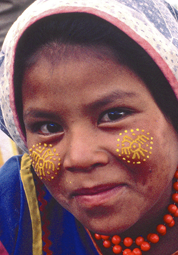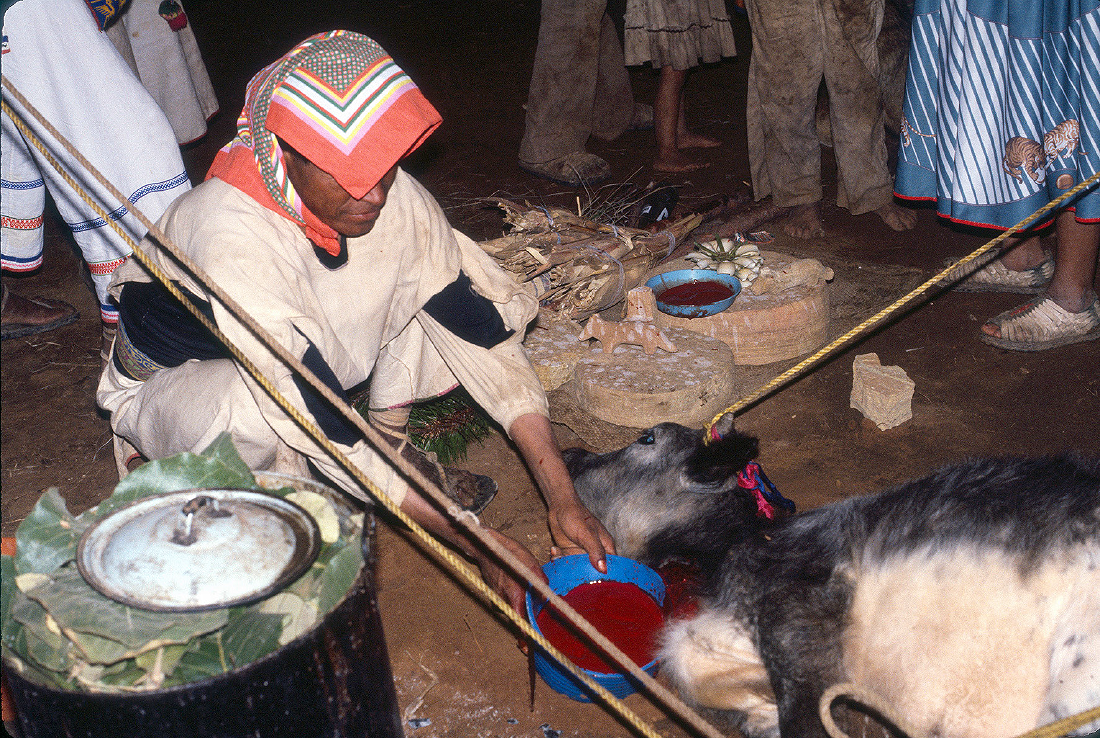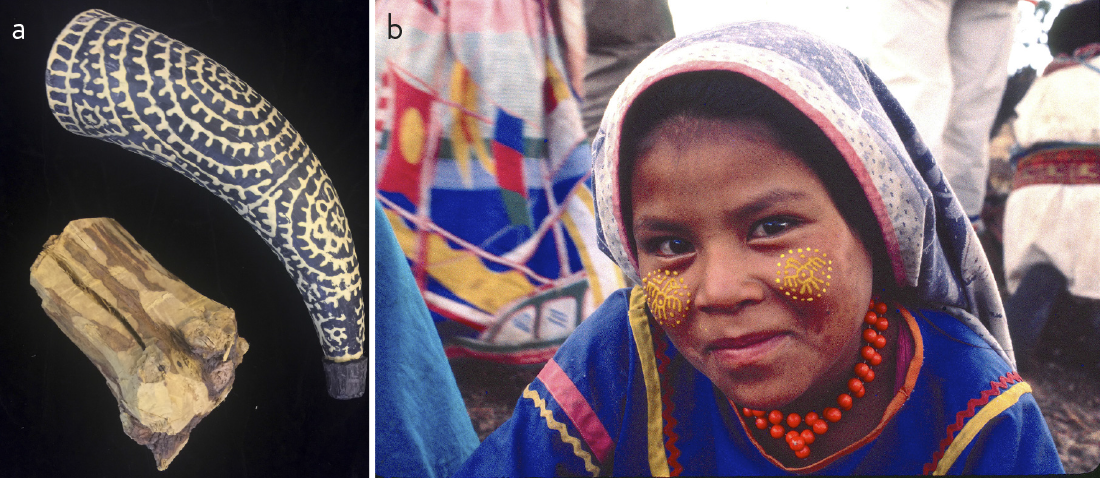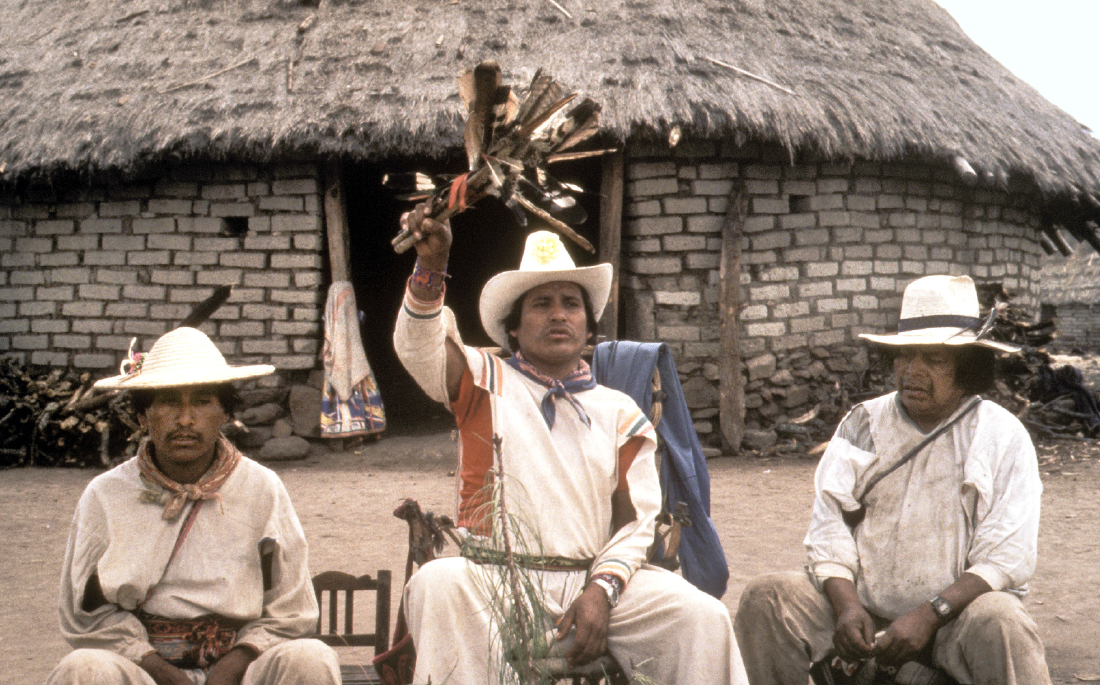Huichol shamanism: traditional wisdom in a modern world
Chamanismo huichol: sabiduría tradicional en un mundo moderno
This article explores the ancient tradition of shamanism and its many facets in Huichol Indian culture. The Huichol Indians (Wixárika, Wixáritari pl.) live predominately in the Mexican states of Jalisco and Nayarit in their remote mountain homelands of the Sierra Madre Occidental. Their shamans have been vital keepers of ancient esoteric knowledge and leaders, healers, and diviners for their people. The shamanic tradition is passed down primarily through family kin ties. The path to becoming a shaman and the plants and animals that are shamanic allies will be discussed. This is followed by an examination of the shaman’s power objects and the wide array of specialties acquired. Finally, the article addresses the challenges to shamans in the 21st century and their crucial role to the survival of Huichol culture and identity.
Keywords: shaman, Huichol, Wixárika, peyote, tobacco, solandra, Mexico.
Anguiano, M. 1996. Müüqui Cuevixa: “Time to Bid the Dead Farewell.” In People of the Peyote: Huichol Indian History, Religion and Survival, S. Schaefer & P. Furst, eds., pp. 377-388. Albuquerque: University of New Mexico Press.
Beck, D. 2005. Biology of Gila Monsters and Beaded Lizards. Berkeley: University of California Press.
Casillas, A. 1996. The Shaman Who Defeated Etsá (Smallpox): Traditional Huichol Medicine in the Twentieth Century. In People of the Peyote: Huichol Indian History, Religion and Survival, S. Schaefer & P. Furst, eds. pp. 208-231. Albuquerque: University of New Mexico Press.
Fikes, J. 2020. Beyond Peyote: Kieri and the Huichol Deer Shaman. Berkeley: Regent Press.
Finson, B. 1988 (Ed.). The Huichols: A Nation of Shamans. Oakland ca: B. I. Finson.

















